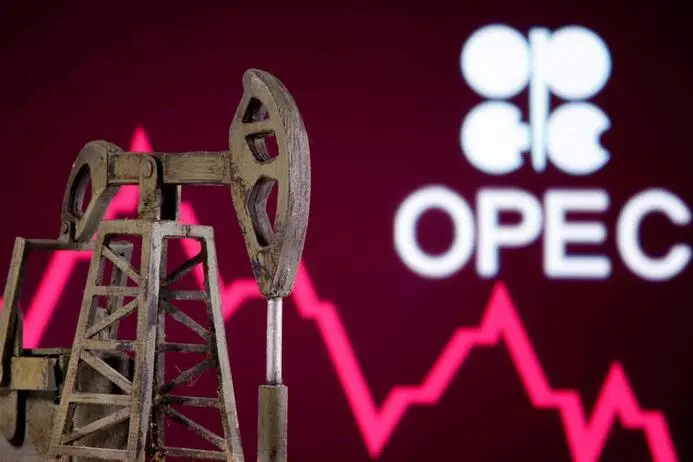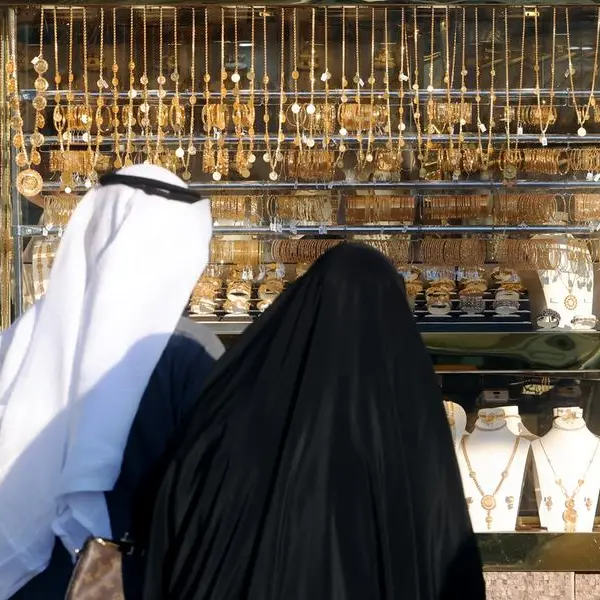PHOTO
A 3D printed oil pump jack is seen in front of displayed stock graph and Opec logo in this illustration picture, April 14, 2020. Dado Ruvic/Illustration, Reuters
The OPEC+ meeting on Monday was the focus of the market with the outcome expected to dictate near term market views.
The producer group decided to stick with a small production cut to the tune of 100,000 barrels per day to show intent that the producers were willing to cut further should there be a requirement to do so.
The OPEC+ Joint Technical Committee (JTC) projected the oil market to have a supply deficit of 300,000 barrels per day in 2023 after factoring in under production by some member countries.
The deficit is expected to widen to 1.8 million barrels per day in Q4 2023. The report also expected OECD commercial stocks to remain below the 5-year average for the rest of 2022 and 2023.
The October Official Selling Prices (OSPs) for Middle Eastern crude oil sales are expected to be announced this week but general market view has been that the prices of oil to Asia are likely to be kept lower. In August, the difference between the price of Dubai crude oil in the near term and in the forward months, a term called time spread, weakened.
A weaker time spread signifies an overall weakness in the market and is likely to be a factor considered by the producers before prices are set. Also, China has purchased significant quantities of US crude oil which are currently on water and could likely dampen demand.
Weekly crude oil exports from the Middle East were lower at 128.9 million bbl while North African exports were higher at 17.7 million bbl. Saudi Arabian exports of oil for the month of August are provisionally assessed at 8.15 million bpd.
Preliminary Indian fuel sales data for the month of August showed diesel demand to have fallen while gasoline demand picked up with monsoon rains dampening industrial and agricultural sector demand.
Diesel demand in August fell 4.9% from July to 6.12 million tonnes while gasoline demand rose 5.8% to 2.82 million tonnes.
(Reporting by Sudharsan Sarathy; editing by Seban Scaria)





















